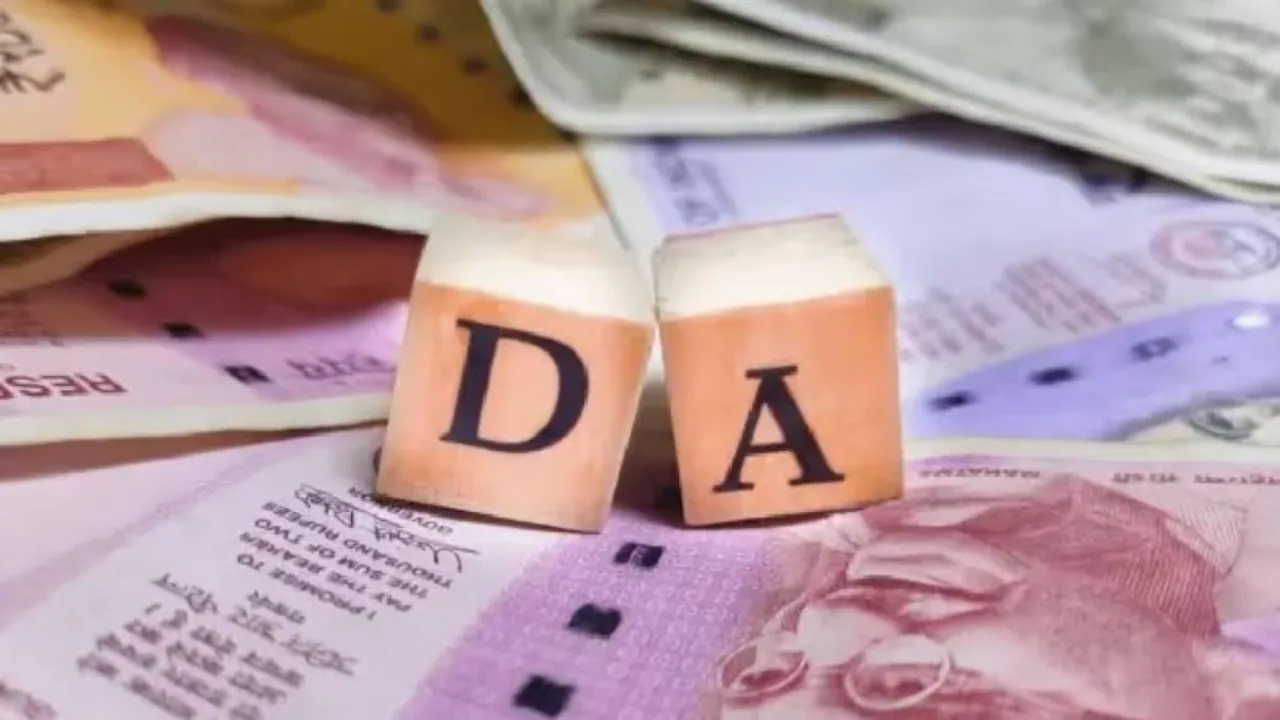
Recent DA Adjustments and Employee Benefits
The Indian Central government is poised to announce a significant increase in Dearness Allowance (DA) and Dearness Relief (DR) for its employees and pensioners ahead of the Holi festival. This adjustment, expected to be finalized by the end of March, will benefit over 1.2 crore central government workers and retirees. The DA, which serves as a cost-of-living adjustment, is typically reviewed biannually in January and July. However, the January hike is often announced around Holi in March to provide immediate relief to employees. The July revision, usually announced near Diwali in October or November, follows a similar pattern. Despite the usual timeline, the Cabinet’s March 5, 2025, meeting did not address the DA hike, raising questions about the timing of the upcoming announcement.
Historical DA Trends and Calculation Mechanism
The latest DA increase occurred in July 2024, when it rose to 53% from 50%, following a March 2024 hike that raised the rate to 50% from 46%. These adjustments are based on the All India Consumer Price Index for Industrial Workers (AICPI-IW), with a specific formula applied to calculate the allowance. For central government employees, the formula is [(Average AICPI for the past 12 months (Base Year 2001=100) – 115.76) / 115.76] x 100. Public sector employees use a similar approach but with a different base year and index. The 2024 revision, approved on October 16, 2024, raised DA and DR to 53%, effective from July 1, 2024, reflecting the inflationary pressures faced by workers.
Pay Commission Reforms and Future Implications
The formation of the 8th Pay Commission in January 2025 marks a pivotal moment for salary and allowance reforms. This commission, tasked with reviewing the compensation structure, is expected to submit its recommendations early in 2026. Unlike the 7th Pay Commission, which revoked 101 allowances and approved 95, the new panel may introduce more targeted adjustments while eliminating outdated benefits. The 7th Pay Commission’s decision to reduce allowances and merge others has sparked debates about the balance between cost control and employee welfare. Analysts suggest the 8th Commission will prioritize transparency and long-term financial sustainability for the government while addressing employee concerns.
Employee Concerns and Policy Challenges
Central government employees and pensioners are closely monitoring the 8th Pay Commission’s potential impact on their salaries and benefits. The commission’s mandate extends beyond salary hikes to include a comprehensive review of allowances, pensions, and other perks. With inflation rates persistently high, there is growing pressure to ensure that adjustments keep pace with living costs. However, the government faces challenges in balancing fiscal responsibility with the need to retain skilled personnel. The 2024 DA increase, which brought the rate to 53%, highlights the ongoing struggle to maintain purchasing power amid rising prices. Employees are also wary of potential cuts to non-monetary benefits, such as healthcare and retirement schemes, which could affect their overall job satisfaction.
Anticipated Timeline and Policy Outlook
The 8th Pay Commission is expected to take approximately a year to finalize its recommendations, during which it will engage in extensive consultations with stakeholders, including state governments and employee unions. This process will involve assessing the feasibility of proposed changes and ensuring they align with broader economic goals. While the current DA increase provides short-term relief, the long-term solution lies in the commission’s ability to address systemic issues in the pay structure. As the government prepares for the upcoming Holi announcement, the focus remains on balancing immediate financial relief with sustainable policy reforms. The outcome of these deliberations will shape the future of public sector compensation in India, influencing both employee morale and fiscal policy.



